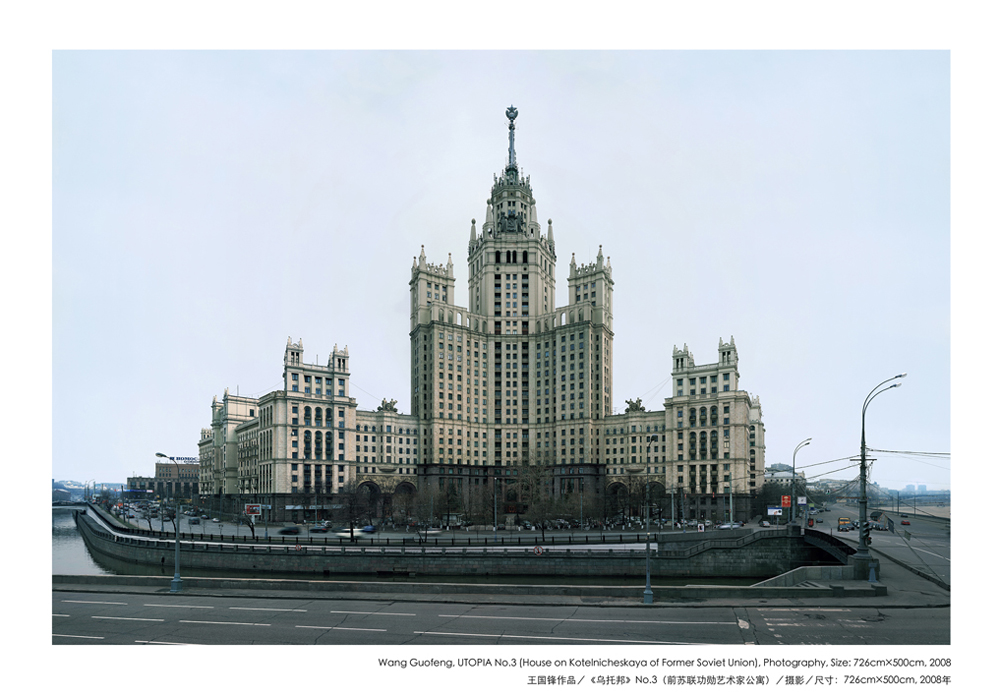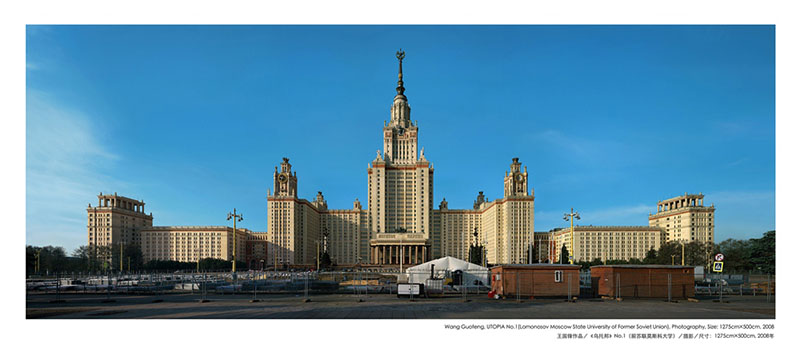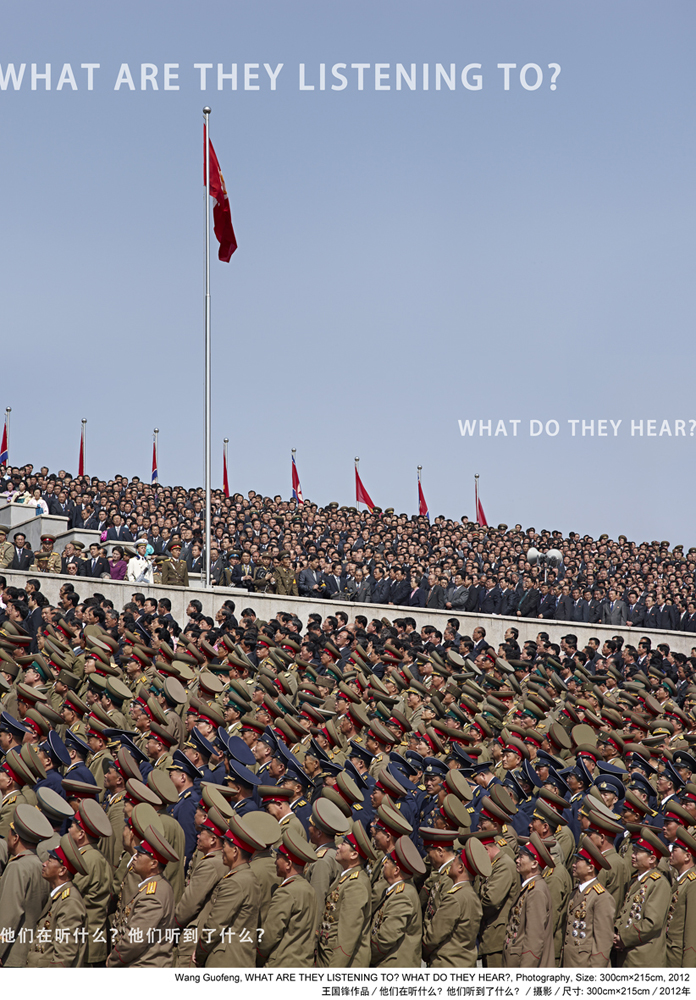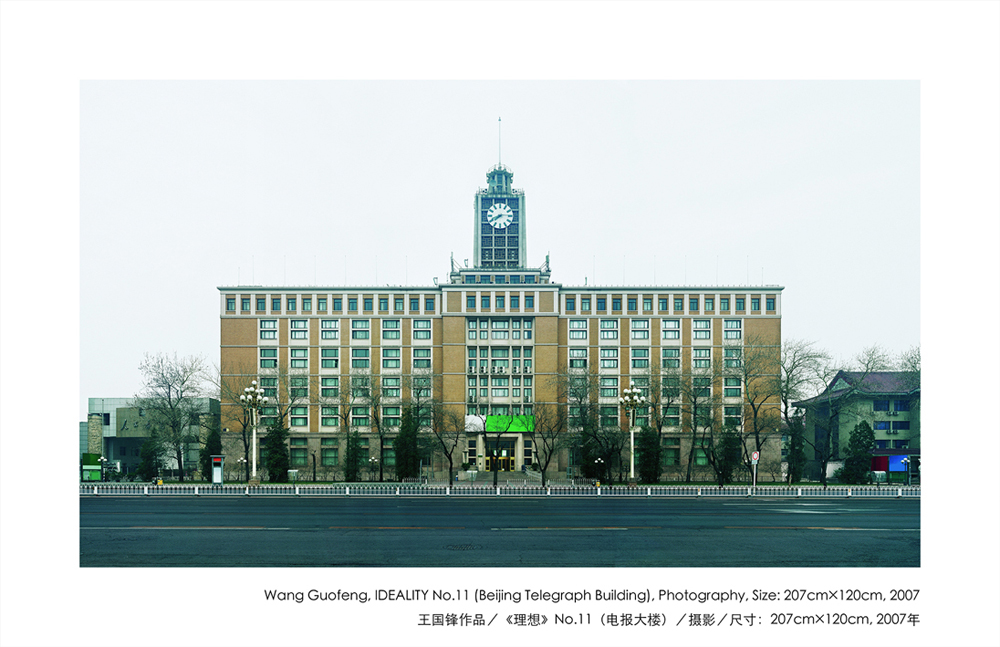Socialist Architecture
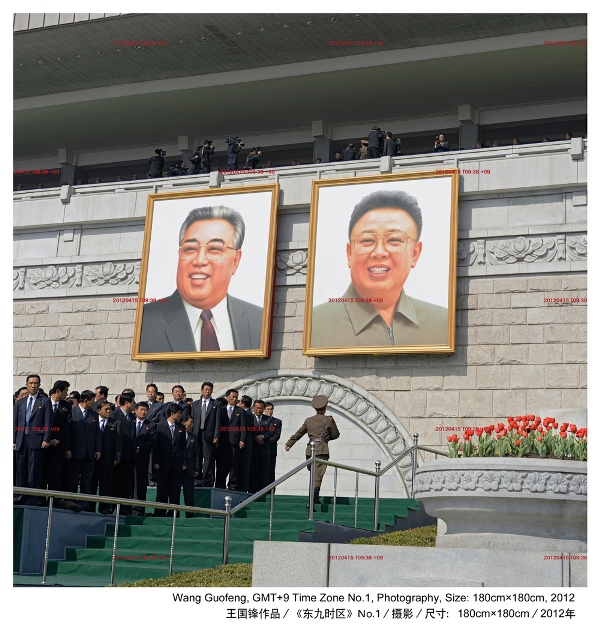
-
PhotographerGuofeng WANG
WANG Guofeng is an independent artist known for large-format, sharp and color photographs distinctive for their critical look at the effect of the 20th century communist movement and its ideology on the socialist or former socialist countries. Drawing influence from his schooling in the painting theories and earlier years of painting practice, WANG Guofeng constructed his contemporary form of conceptual photography. His earlier communist themed photography works, including Ideality, Utopia and earlier North Korea series, focuses on the iconic political architecture in Russia, China and North Korea. These buildings represent the political ideology and the collective unconsciousness under a highly centralized institution, while the individuals were deliberately deleted, creating a sense of impersonality, detachment and dispassionate. In his North Korea series, WANG Guofeng captures the panorama of the isolated society with minute details, covering the grand political buildings, mass political gatherings, students, factory workers, hospital physicians, farmers and families of different social status. He perfectly processed these photographs in super high definition pictures with all the symbolic codes and visual details in order to make the audience to read the socialist ideology, the common inspirations and the history. In his “NEWS“ series, WANG Guofeng uses journalist photos processed by his subjective judgment, exploring the boundary between the fiction and the truth. The “Memory†series explores the implications of the memory of the past historical events. The “Relativity†series shoot at the moving objects, creating a sense of time compression, implying the real life and survival in the transitioning social context. “Voice of North Korea†is the installation of sound recorded in various public spaces into 13 suitcases. WANG Guofeng thinks sound of different social context has different mainstream content, volume and style, which “allow me to discover this vital connection between the appearance and the essence".

